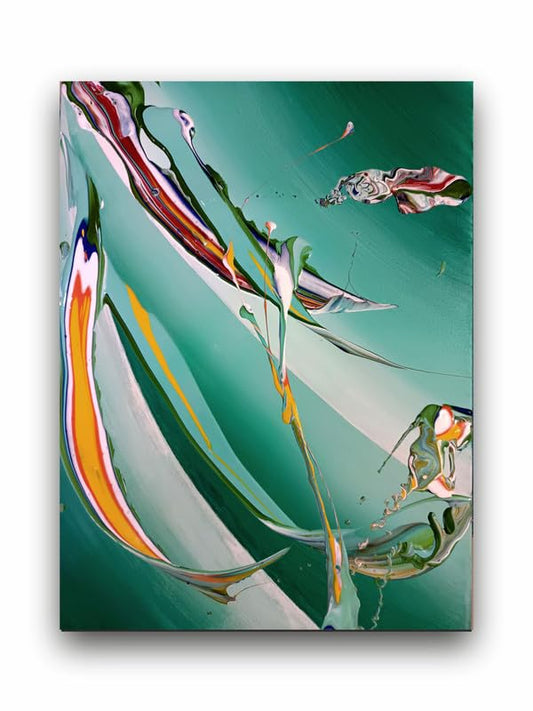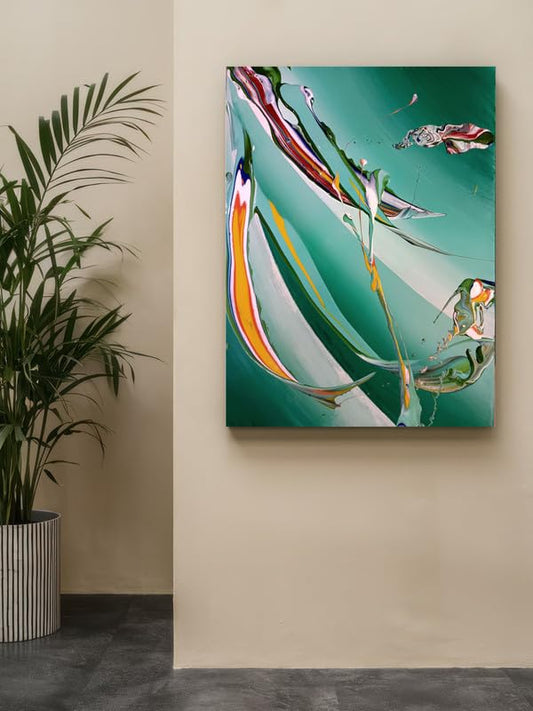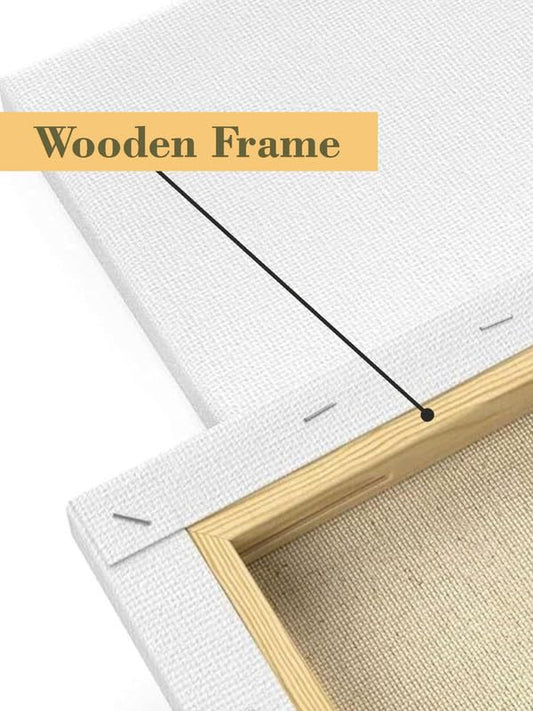
Discovering Abstract Art Movements from Cubism to Minimalism
Discovering Abstract Art Movements from Cubism to Minimalism
Abstract art is a creative genre, yet it is also an innovation and a constant development of the landscape of modern and contemporary art. Since the early 20th century, to this very day, abstract art movements have shattered previously held views on reality and granted artists new avenues for the expression of emotions, thoughts, and human experiences. Through this blog, we will discover two of the most influential abstract art movements: Cubism and Minimalism.
Cubism: Disassembling the World into Geometry
Cubism was the first movement to break free from literal representation when developed in the early 1900s by artists like Pablo Picasso and Georges Braque. Cubism shattered ways of thinking by displaying objects from multiple angles at the same time. Such fragmentation of form and space allowed a new way of seeing reality. Cubism moved beyond simple representation to the more abstract world of geometric shapes and planes.
The Cubists were not interested in the depiction of the real world but turned to abstract objects in terms of geometry for a more expanded essence. In doing this, they made possible the apprehension by spectators of the complexity of well-known subjects in a completely new light. Cubism influenced many other movements, including Futurism and Constructivism, and paved the way for other abstract styles that emerged later in the 20th century.
Minimalism: Stripping Down to the Essentials
Fast forward a few decades, and we find ourselves at Minimalism—an abstract art movement that emerged in the late 1950s and reached its zenith in the 1960s. Unlike Cubism, which fragmented objects into complex forms, Minimalism embodied simplicity and purity. Pioneered by artists such as Donald Judd, Frank Stella, and Dan Flavin, Minimalism focused on reducing art to its most basic elements: simple shapes, neutral colors, and clean lines.
Minimalism took out anything that served no purpose - anything that would distract or be extraneous to the piece. Essentially, the argument among proponents of minimalism is that art should not illustrate anything other than itself. It should express material and form in such a way that the viewer experiences the piece for itself, rather than for what it could illustrate. It was also about the relationship between the art work and its surrounding space in such a way that the environment itself becomes part and parcel of the art.
Impact and Legacy
Both Cubism and Minimalism made an indelible mark on the world of contemporary art: Cubism smashed the classical perception of forms and space, and led, in studying abstract and surrealist concepts; Minimalism made art return to its purest form, turning back attention to the form. These movements, divergent as they may be, share the common purpose of making viewers realize the world in a new light, though often an even more abstract one.
Abstract art movements such as Cubism and Minimalism continue to inspire artists and the audience across successive generations as these challenge the mind to break loose from the norms and accept beauty in all its abstraction.
Discovering Abstract Art Movements from Cubism to Minimalism








